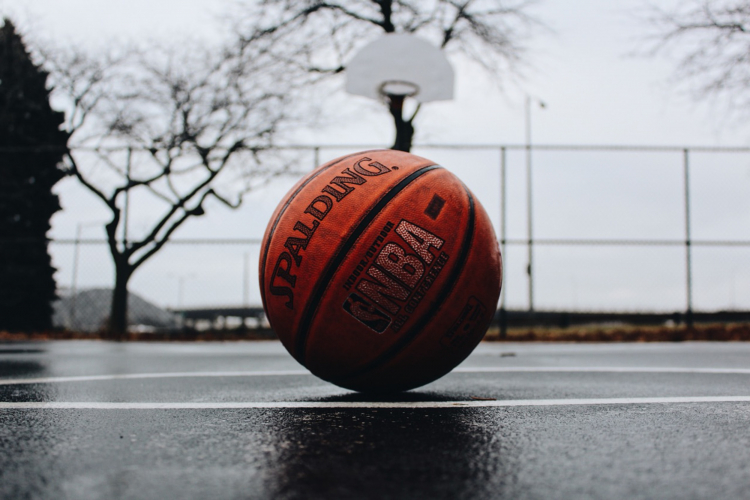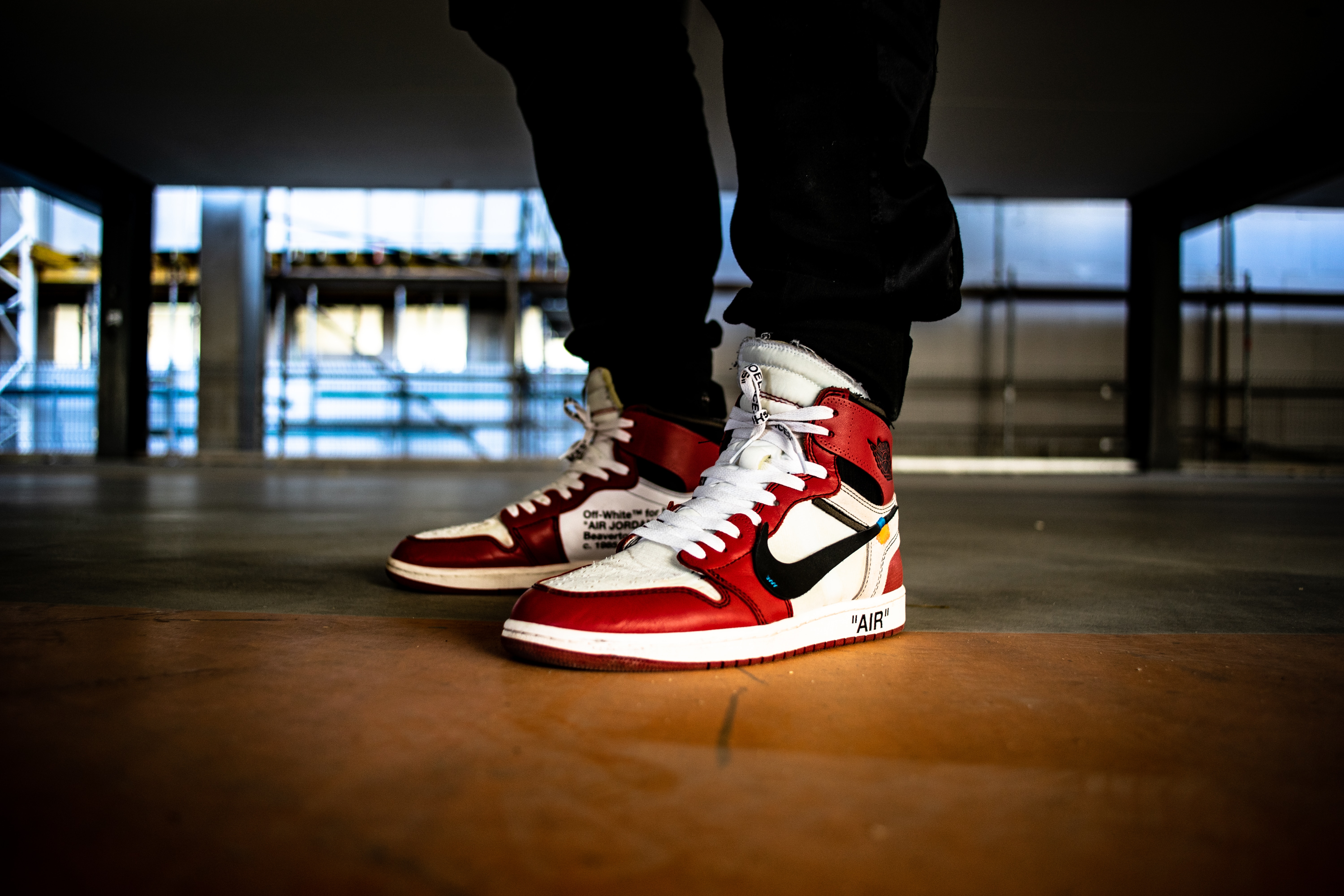Staying Woke and Well-Dressed

It’s no surprise that the world is still stunned after the passing of Kobe Bryant. Basketball has influenced popular culture for decades. It’s served as a platform for role models for young people—particularly those of color, empowered the black American community through its philanthropic efforts, and has even shaped fashion. Basketball players have been style icons for decades. Children of the ‘90s will remember the feeling of saving up to buy the latest pair of Air Jordans, a Penny Hardaway basketball jersey, or a pair of breakaway warm-up pants, all clothing styles which predated the recent athleisure trend.
“The first pair of sneakers I purchased with my own money was a pair of Jordan 1s that I had coveted for months. Basketball played a big role in my life and I am still an avid fan,” said Renee Chung, a high school admissions director in New York City.
Virgil Abloh X Nike Collab, Image Credit: Unsplash/Paul VolkmerThe clothes basketball players wore on the court to play and off the court for leisure became sought-after streetwear in the US.
“My younger sister got a Penny Hardaway jersey for her birthday, which somehow started my infatuation with warm-up pants. I saved my summer job money and bought my first pair of expensive Nike two-tone warm-up pants. I just gave them away over 30 years later!” said Terri Peeples, a New York City attorney.
Before basketball players’ styles became profitable for big brands like Nike, players from 1950 to 1970 wore conservative flannel and tweed suits, most of them less than dapper. A pursuit of archival photos reveals suits which look awkward, fitting the lengthy frames of players over six feet tall.
In October 2005, the National Basketball Association put a dress code in place–which many players, notably, Allen Iverson, who formerly played for the Philadelphia 76ers, found frustrating. “The NBA can’t dress no grown man,” said Iverson in an interview with Complex magazine.
The N.B.A. code, still in effect today, requires players to be “dressed in business attire upon arriving and leaving games, press conferences, and any other team events like charity gatherings” Yet apart from the few cringe-worthy fashion moments, and arguably discriminatory dress codes with potential violations to the U.S. Civil Rights Act, basketball fashion continues to be a source of fascination and prominently featured in popular culture. Players found inventive ways to skirt around the dress code and add their own flair.
Basketball players have used the basketball court as a platform for political and social commentary, and even outright activism. During the Civil Rights movement, Elgin Baylor from the Los Angeles Lakers boycotted a 1958 game in Charleston, West Virginia, in response to the discrimination he and other black teammates suffered in that city. “I thought it was the right thing to do,” said Baylor in an interview.
Elgin Baylor of the Los Angeles Lakers
Reflecting on some of these historic moments, Bruce Moody, one of a handful of African-American players on his West Virginia college basketball team in the 1960s said, “I understood that athletes had a platform that they could and should use as much as possible for the benefit of everyone.”
Basketball players have become more outspoken about social injustices of late, and are supported by their coaches and fans to take a stand. During game practices for the Los Angeles Lakers in December 2014, the late Kobe Bryant organized his teammates to wear shirts emblazoned with the words “I Can’t Breathe.” The T-shirts made reference to New York resident Eric Garner, a victim of police brutality who died in a chokehold at the hands of an officer of the New York City Police Department.
Today, what players wear off the court and especially what they wear in “the Tunnel,” the walkway from the parking lot to the locker room, is closely reported by many journalists, and that’s an important change in the way that basketball fashion is culturally received. The Instagram account @LeagueFits “has become the basketball world’s equivalent to the phenomenon of celebrity-street-style-dedicated Instagram accounts,” according to American Vogue magazine. One of the most notable outfits within the last few years of basketball was Lebron James’ Thom Browne suit that he wore with above-the-knee-shorts as he walked into the locker room for a Cleveland Cavaliers game. The decision to wear those Thom Browne suits was likely related to the influence of Dapper Dan, the Harlem, New York, designer widely regarded as “the most influential haberdasher in the city."
Style icons, political commentators, and star athletes such as basketball players use the clothes they wear to make bold statements. Many are reflecting on this after the passing of late Kobe Bryant. Basketball has changed how we think and talk about masculinity, politics, and culture.








